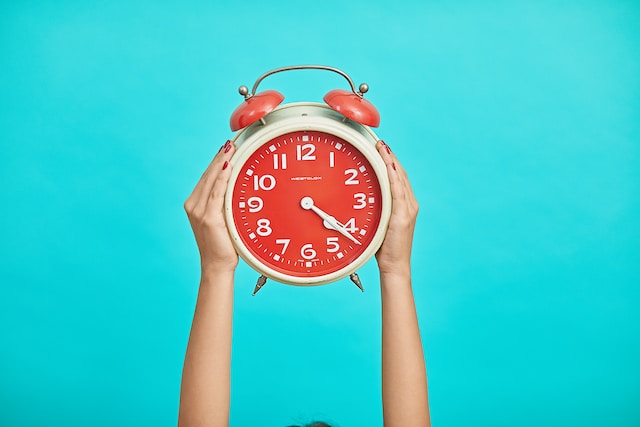
The daybreak, heralding the beginning of another cycle of daylight, brings with it a tapestry of opportunities, responsibilities, and routines that define our daily lives. Daytime hours hold a distinct significance, shaping our activities, productivity, and overall well-being.
Morning, the gateway to the day, sets the tone for what follows. For many, it begins with a cacophony of alarms, signaling the transition from slumber to action. Mornings vary widely among individuals—some embrace the tranquility of dawn with meditation or exercise, while others rush through the bustle of preparing for the day ahead.
It’s during these early hours that many lay the foundation for a productive day. Breakfast, often touted as the most important meal, fuels both body and mind. The morning commute, whether to work, school, or other commitments, marks the transition from personal space to the external world.
As mid-morning approaches, productivity often peaks. Workplaces buzz with activity, schools engage in lessons, and the day’s momentum gains traction. This period is characterized by focused attention, making it an optimal time for tackling challenging tasks and decision-making.
Noon, the quintessential midpoint of the day, divides morning and afternoon. Lunchtime offers a brief respite, a chance to refuel and recharge. For some, it’s a social affair—sharing meals and conversations, while for others, it’s a brief interlude for solitary reflection or catching up on personal tasks.
Afternoon heralds a shift in energy levels. Post-lunch fatigue might set in for some, prompting a slight dip in productivity. Yet, for others, this period can be a time of heightened creativity and inspiration. It’s a stage where flexibility in work or study routines becomes crucial, allowing individuals to adapt to their natural rhythms.
As the late afternoon approaches, the day begins to wind down. It’s a transitional phase where the focus might shift from completing tasks to wrapping up loose ends. For many, this period involves tying up work-related matters, preparing for the evening, and perhaps mentally transitioning towards relaxation.
The transition from daytime to early evening often marks the conclusion of formal work hours. This segment of the day offers a unique blend of winding down from the day’s responsibilities while preparing for evening activities. It’s a time for socializing, hobbies, family time, or personal pursuits—a crucial bridge between work and leisure.
Daytime hours play a pivotal role not only in individual routines if you want to add hours to hours for example what time is it 11 Hours After 12pm ? you need to add to hour-time directly but also in societal structures. Business hours, school schedules, and various services predominantly operate during these hours, shaping the pace and rhythm of our daily lives.
Moreover, the influence of daytime extends beyond the practicalities of routine. Natural light, abundant during these hours, impacts our mood, productivity, and overall well-being. Exposure to sunlight influences our circadian rhythms, regulating sleep-wake cycles and affecting our mental and physical health.
The significance of daytime hours transcends mere functionality—it’s a canvas upon which we paint our daily experiences, weaving together moments of productivity, social interaction, self-care, and leisure. The ebb and flow of these hours create a rhythm to life, marking the passage of time and
offering opportunities for growth, connection, and fulfillment.




